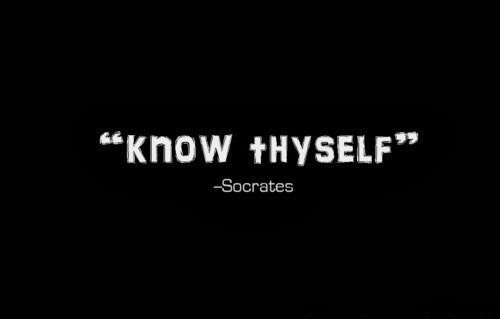The Five Yamas of Yoga.
- Ahimsa is the practice of non-violence, which includes physical, mental, and emotional violence towards others and the self. We create violence most often in our reactions to events and others, habitually creating judgment, criticism, anger or irritation. I have found the Buddhist practice of compassion to be an excellent tool to foster non-violence in my life. Compassion is the ability to accept events as they are with an open and loving heart. It is a letting go of reacting to a situation in a conditional and negative way and replaces those thoughts or feelings with kindness, acceptance, and love. At first practicing compassion is hard, frustrating and not fun. But the key is to have compassion for oneself for not having compassion and to smile at this contradiction.
- Satya (truthfulness) urges us to live and speak our truth at all times. Walking the path of truth is a hard one, especially while respecting Patanjali’s first Yama, Ahimsa. Since Ahimsa must be practiced first, we must be careful to not speak a truth if we know it will cause harm to another. Living in your truth not only creates respect, honor, and integrity but also provides the vision to clearly see the higher truths of the yogic path.
- Asteya (non-stealing) is best defined as not taking what is not freely given. While this may on the surface seem easy to accomplish, when we look further this Yama can be quite challenging to practice. On a personal level the practice of Asteya entails not committing theft physically and/or not causing or approving of anyone else doing so–in mind, word, or action. On the level of society, Asteya would be in opposition to exploitation, social injustice, and oppression. While not easy, practicing Asteya encourages generosity and overcomes Lobha (greed). And as Patanjali tells us, “when Asteya is firmly established in a yogi, all jewels will become present to him/her.” (YS 2.37).
- Brahmacharya (continence) states that when we have control over our physical impulses of excess, we attain knowledge, vigor, and increased energy. To break the bonds that attach us to our excesses and addictions, we need both courage and will. And each time we overcome these impulses of excess we become stronger, healthier and wiser. One of the main goals of yoga is to create and maintain balance. And the simplest method for achieving balance is by practicing Brahmacharya, creating moderation in all of our activities. Practicing moderation is a way of conserving our energy, which can then be applied for higher spiritual purposes.
- Aparigraha (non-coveting) urges us to let go of everything that we do not need, possessing only as much as necessary. The yogis tell us that worldly objects cannot be possessed at all, as they are all subject to change and will be ultimately destroyed. When we become greedy and covetous we lose the ability to see our one eternal possession, the Atman, our true Self. And when we cling to what we have we lose the ability to be open to receive what we need.
- Full article here : Yoga Basics : the five Yama's of yoga.
![kristof Gabriel carina van hooymissen [my ancestor lieven once brewed the beer saint-michael]](http://1.bp.blogspot.com/-_6gRNaHFJQc/WtfOJxuAx4I/AAAAAAAAHbs/AklTDbaM73kvAjIDtIh51gn_EMfyeZMSwCK4BGAYYCw/s250/Red%2BPIll.jpg)

Geen opmerkingen:
Een reactie posten